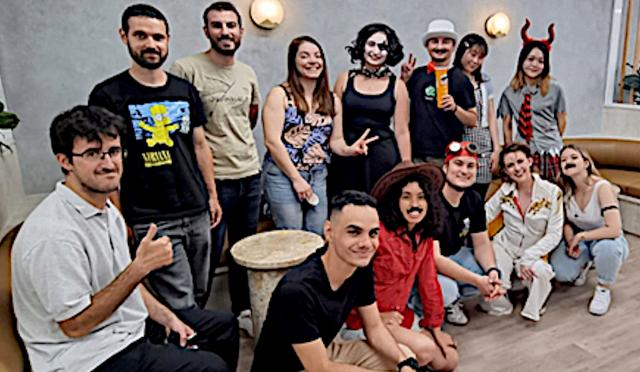Achieving net zero emissions is not just about reducing energy-related greenhouse gas (GHG) emissions.
Transport, value chain emissions, and product strategies, such as circular economy principles, have a significant and critical impact. A big difference can be made by choosing more sustainable options in everyday life.
Human activity has rapidly increased the emission of GHGs to the atmosphere. Since the start of the industrial revolution, human activities such as burning fossil fuels, including coal and oil, have increased GHG concentrations in the atmosphere. According to an ongoing temperature analysis led by scientists at NASA’s Goddard Institute for Space Studies, the average global temperature on earth has increased by at least 1.1 degrees Celsius since 1880.
Carbon dioxide emissions are at their highest in two million years.
Climate change already affects current populations and will affect future generations more severely if something is not done in this decade. Human beings produce GHG emissions from everyday activities. Many try to reduce GHG emissions by reducing their carbon footprint, whether by saving electricity, cycling, or reducing the consumption of animal foods.
How can we do our bit to help? Students at Lexis English school were interviewed and shared some of their strategies to reduce GHG emissions:
– Consume sustainable and locally sourced products
In everything we do, we emit a carbon footprint, so opting for local products and foods is the most environmentally friendly alternative. By choosing regional foods and products, you will be helping to reduce fossil fuel emissions associated with transportation and refrigerated storage.
– Make your food greener
The production of plant-derived foods generally emits fewer GHGs and requires less energy, land, and water.
“Since 2013, I have reduced my consumption of red meat and dairy for health and sustainability reasons,” student Bruna said.
“People think that reducing meat consumption at least once a week makes no difference, but believe me, it can reduce methane emissions by tonnes annually.”
– Try a new mode of transport
According to the United Nations, modes of transport contribute about a quarter of global GHG emissions, and finding more sustainable alternatives is increasingly common. Most Lexis students travel by bus, train, or electric vehicles, as this is the fastest, cheapest, and most sustainable way out of traffic.
– Dress sustainably
Choosing alternative ways to dress is also a way to reduce GHG emissions. The fashion industry contributes around 8 to 10 per cent of global carbon emissions, but freight from large companies is one of the biggest villains in the fashion industry. Brittany, a teacher at Lexis English School, points out that older or second-hand clothes are much more durable than fabrics currently produced in the fast fashion industry.
During October this year Lexis English School promoted a Halloween contest between students and teachers, and 90 per cent of the costumes were made with both second-hand pieces and borrowed from students. Some of the most significant and troubling Halloween-related issues are plastic waste and environmental pollution, to which the holiday can contribute. Thus, it is possible to make sustainable choices and find ways to reduce the carbon footprint with small daily actions, but that can make a difference for everyone’s future if everyone does their part.
To find out more about the project, or register your interest, go to
zeroemissionsnoosa.com.au/community-batteries or email info@zeroemissionsnoosa.com









